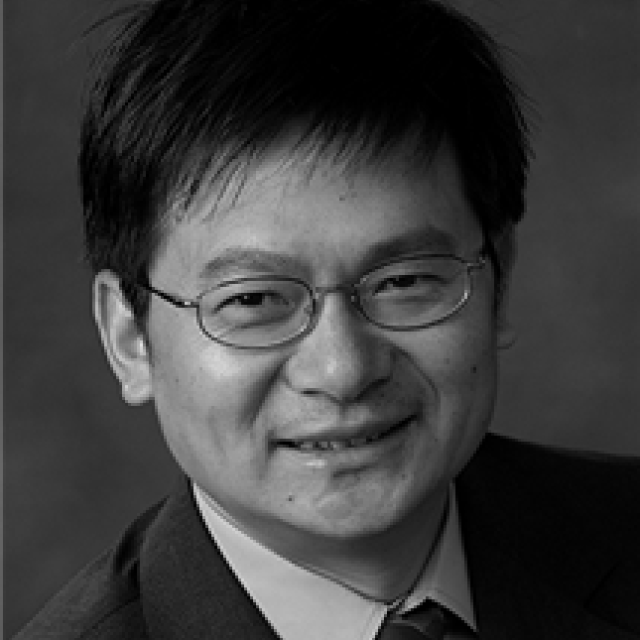Jian-Min Zuo received his Ph.D. in Physics from Arizona State University in 1989. He then took a three-year postdoctoral fellowship at the National Science Foundation center for high resolution electron microscopy and the Physics department at ASU. During this time he co-authored a book on electron microdiffraction with John Spence. Prior to joining the faculty at the University of Illinois, he was a research scientist in Physics at ASU and a visiting scientist to a number of universities and institutes in Germany, Japan and Norway. His research during this period focused on the development of quantitative electron diffraction techniques and study of crystal electron density and bonding. At Illinois, Prof. Zuo has developed research programs focused on structure and property relationships in a range of materials, including metal nanoparticles, semiconductors, electroceramics, oxide interfaces, and nanotubes. He also has developed an ultrafast electron diffraction facility and atomic resolution scanning transmission electron microscopy and electron energy loss spectroscopy using the aberration corrected electron microscope at the Center for Microanalysis of Materials. He has published more than 140 papers in scientific journals and several invited book chapters on electron diffraction and diffractive imaging. His honors include the JSPS (Japan Society for the Promotion of Science) postdoctoral fellowship, outstanding young oversea researcher award from National Science Foundation of China, and Chair of Excellence of French Nanoscience Foundation. Zuo is the recipient of the 2001 Burton Award of the Microscopy Society of America.
"My research goal as a materials scientist and engineer is to discover new physics and chemistry in functional solids. More specifically, I am interested in the structure of functional materials, especially their atomic arrangements and bonding. My interest in structure was developed largely based on its fundamental role in materials and their functions; whether the function served is structural, electrical, magnetic, thermal, and optical or a combination of these, properties of materials ultimately relate to their structure. Here at University of Illinois, we are developing new electron-beam techniques for the determination of complex structures. I, also with my research group, am applying these techniques to discover structure-property relationships in a number of materials, including supported nanoparticles and nanocrystals with applications in energy production and environmental protection, complex oxides and semiconductor thin films." — Jian-Min Zuo
